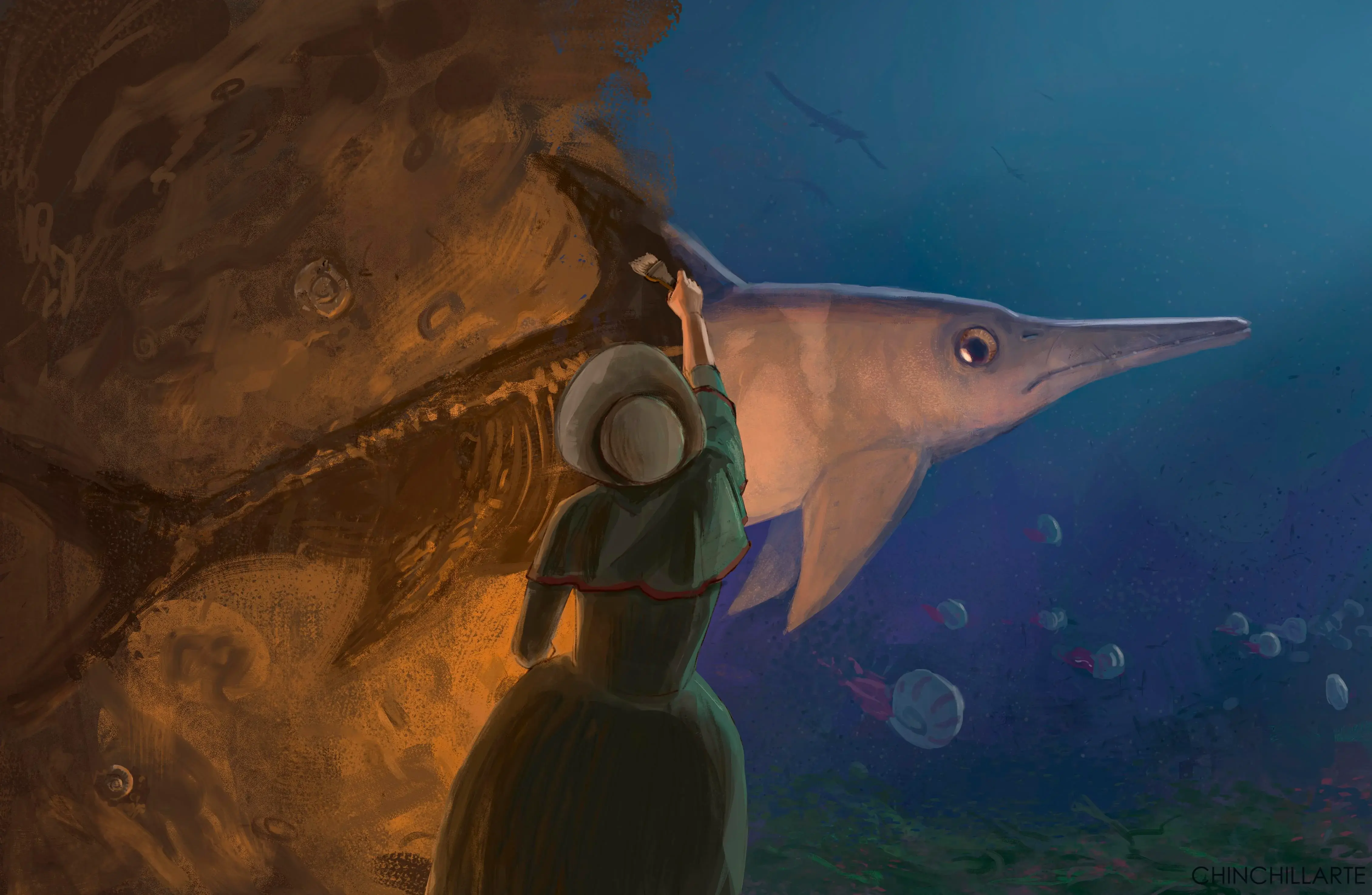How to obtain new paleoecological data from under researched regions? And is there an interest from the scientific community?
From my time at uni I've noticed on several maps showing hotspots and data focused mostly on regions such as Europe or North America, but not much is known from less thought about regions such as the Pacific islands or Africa. Now there are various theoretical ways to gain data and spark and interest in those region but there are less ways that would be practical and doable.
I just want to spark a conversation and discuss things...
I'm new here
Diatom Arrangements – The Hidden Beauty of Single Cell Algae Art Arrangements
Diatom Arrangements – The Hidden Beauty of Single Cell Algae Art Arrangements
https://www.trebeljahr.com/posts/diatoms
This post is a bit of an odd one: it's a collection of images of diatom arrangements. Diatoms are single-celled algae that have a glass shell, that refracts light in beautiful colors if viewed under a microscope...
Strange and wondrous creatures: plankton and the origins of life on Earth
Strange and wondrous creatures: plankton and the origins of life on Earth
https://www.theguardian.com/news/article/2024/aug/20/strange-and-wondrous-creatures-plankton-and-the-origins-of-life-on-earth
The long read: Without plankton, the modern ocean ecosystem – the very idea of the ocean as we understand it – would collapse. Earth would have no complex life of any kind
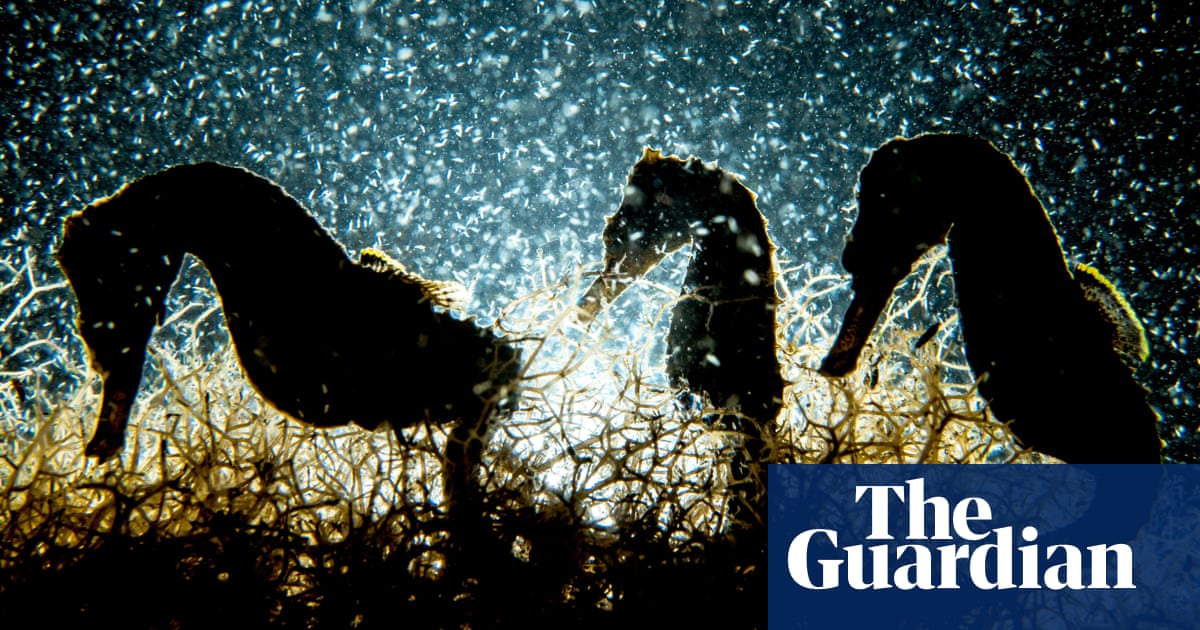
'Closer than people think': Woolly mammoth 'de-extinction' is nearing reality — and we have no idea what happens next
'Closer than people think': Woolly mammoth 'de-extinction' is nearing reality — and we have no idea what happens next
https://www.livescience.com/animals/extinct-species/closer-than-people-think-woolly-mammoth-de-extinction-is-nearing-reality-and-we-have-no-idea-what-happens-next
Scientists are getting very close to bringing a few iconic species, like woolly mammoths and dodos, back from extinction. That may not be a good thing.
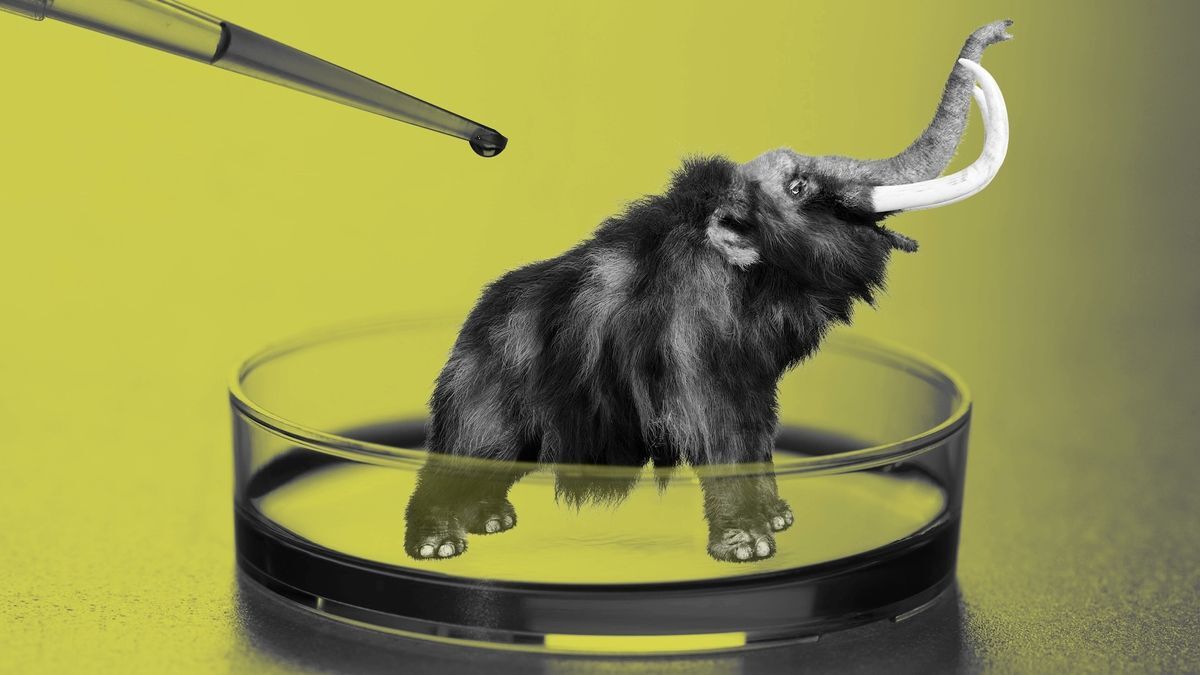
Mass extinction 66 million years ago triggered rapid evolution of bird genomes
Mass extinction 66 million years ago triggered rapid evolution of bird genomes
https://news.umich.edu/mass-extinction-66-million-years-ago-triggered-rapid-evolution-of-bird-genomes/
Shortly after an asteroid slammed into Earth 66 million years ago, life for non-avian dinosaurs ended, but the evolutionary story for the early ancestors of birds began.
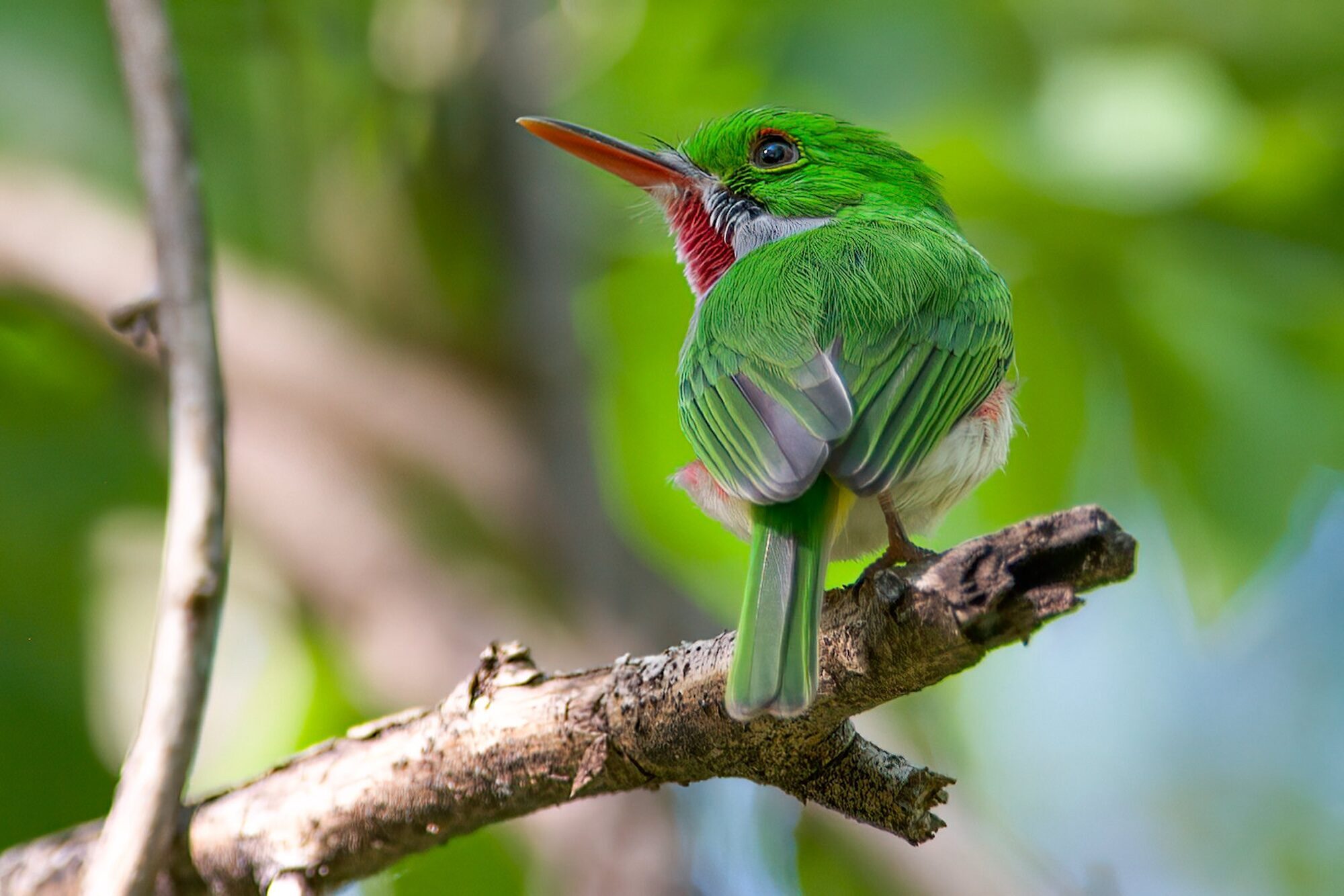
Scientists Uncover the Ancient Origins of Baobab Trees in Genetic Study
Scientists Uncover the Ancient Origins of Baobab Trees in Genetic Study
https://www.smithsonianmag.com/smart-news/scientists-uncover-the-ancient-origins-of-baobab-trees-in-genetic-study-180984384/
The trees originated in Madagascar 21 million years ago but later traveled long distances by way of ocean currents, according to new research
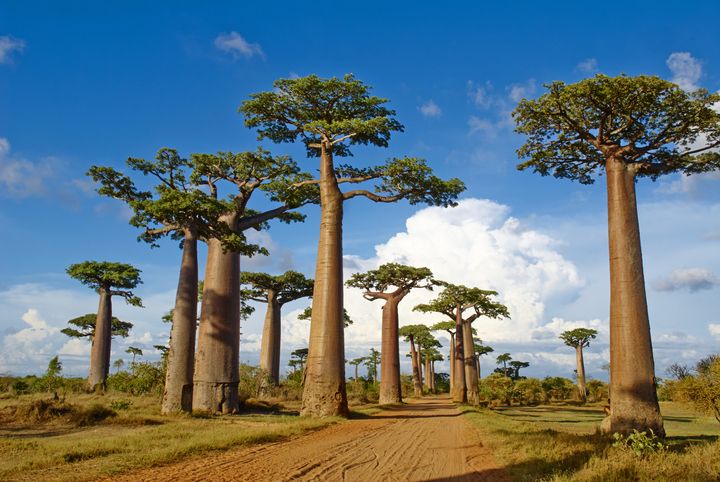
The robustness of some Carboniferous fossil leaf venation networks to simulated damage
Just a moment...
https://royalsocietypublishing.org/doi/10.1098/rsos.240086
World's earliest fossilised forest discovered in Minehead, Somerset
World's earliest fossilised forest discovered in Minehead, Somerset
https://www.bbc.co.uk/news/science-environment-68500649
The tree fossils dating back 390 million years were found near a Butlin's holiday camp in Somerset.

Fossilized forest unearthed in the UK is the oldest ever found at 390 million years old
Fossilized forest unearthed in the UK is the oldest ever found at 390 million years old
https://www.livescience.com/planet-earth/plants/fossilized-forest-unearthed-in-the-uk-is-the-oldest-ever-found-at-390-million-years-old
Researchers have discovered a fossil forest with small, palm-like trees and arthropod tracks dating back to the Middle Devonian.
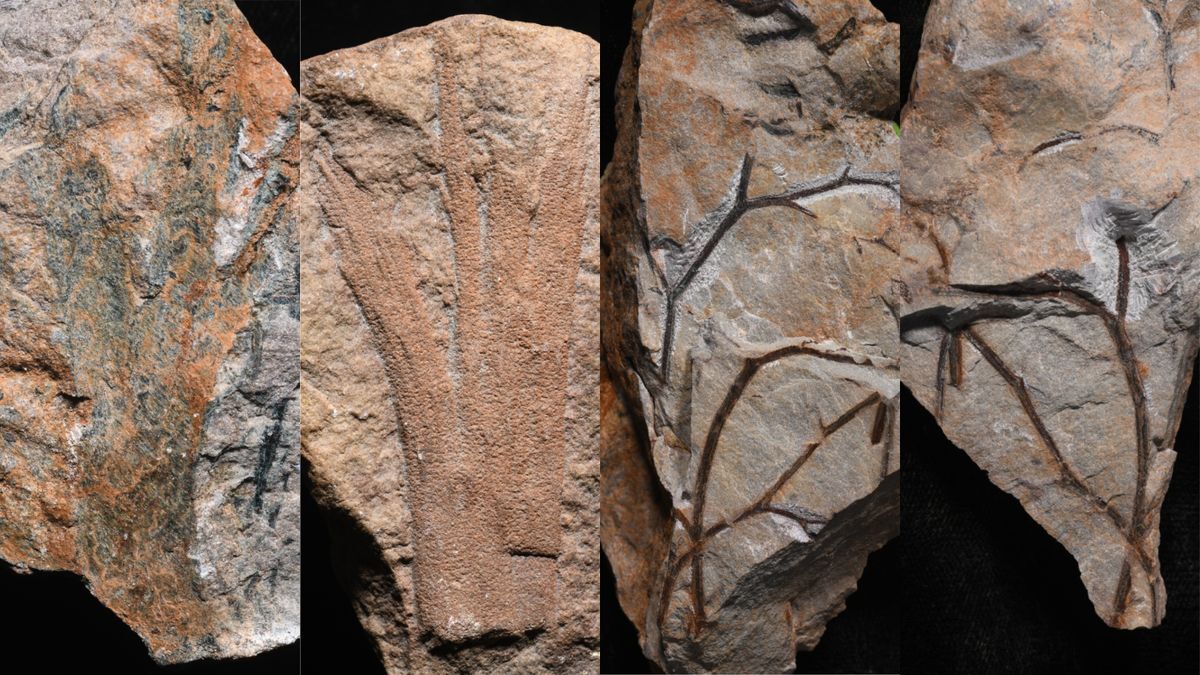
Mollusk Eyes Reveal How Future Evolution Depends on the Past | Quanta Magazine
Mollusk Eyes Reveal How Future Evolution Depends on the Past | Quanta Magazine
https://www.quantamagazine.org/mollusk-eyes-reveal-how-future-evolution-depends-on-the-past-20240229/
The visual systems of an obscure group of mollusks provide a rare natural example of path-dependent evolution, in which a critical fork in the creatures’ past determined their evolutionary futures.

